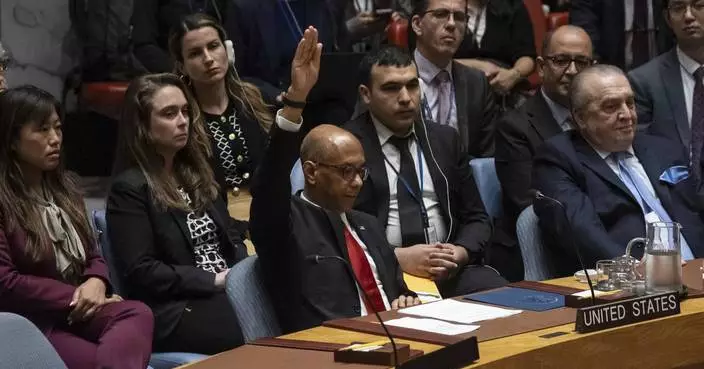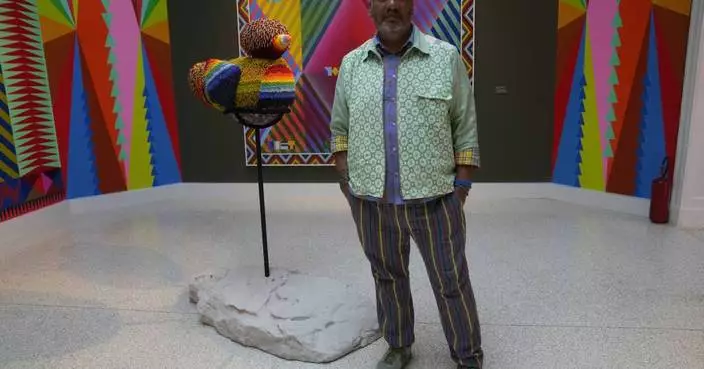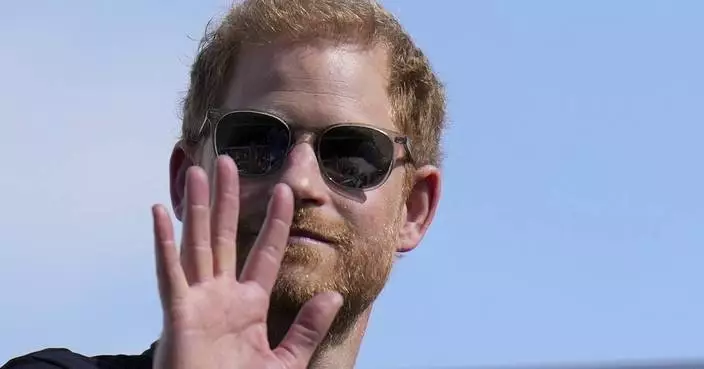The U.S. this week will begin withdrawing many of the active duty troops sent to the border with Mexico by President Donald Trump just before the midterm election in response to a caravan of Central American migrants, U.S. officials said Monday.
About 2,200 of the active duty troops will be pulled out before the holidays, the officials said, shrinking an unusual domestic deployment that was viewed by critics as a political stunt and a waste of military resources.
That will leave about 3,000 active duty troops in Texas, Arizona and California, mainly comprised of military police and helicopter transport crews who are assisting border patrol agents. There also will still be about 2,300 members of the National Guard who were sent to the border region as part of a separate deployment that started in April.
The active duty troops, numbering about 5,200 as of Monday, were initially scheduled to stay until Dec. 15. Late last month, Defense Secretary Jim Mattis extended the mission to the end of January at the request of the Department of Homeland Security. It's unclear if it will be extended again.
The U.S. forces have installed vast amounts of razor wire and provided transportation and protection for the Border Patrol. The troops are not there to directly deal with the Central American migrants, many of whom eventually made their way to Tijuana, just south of California.
One of the officials said that some of the military police and helicopter crews will stay in the border region so they can quickly respond if they are needed by border agents. The officials spoke on condition of anonymity to discuss internal plans not yet made public.
Active duty troops began arriving at the border in early November for an initial 45-day deployment, in response to the caravan, which at one point numbered about 7,000 people, including many families with children.
On Monday, Col. Rob Manning said there are currently 2,200 active duty troops in Texas; 1,350 in Arizona; and 1,650 in California.
"Some units have completed their mission and they have already started to partially redeploy. Other units have been identified to rotate home and will be returning home over the next several weeks," Manning said.
He declined to say how low the number of troops will go in coming weeks or provide details on any changes. He added, "the numbers of troops that we have will be commensurate with the support" that Homeland Security and Customs and Border Protection request.
Headquarters forces for U.S. Army North will remain in Texas, and the troops in California and Arizona include engineers, military police, logisticians, aviation personnel and medical personnel.
The bulk of the active duty troops in California are Marines based at Camp Pendleton, near San Diego, so many can easily move back and forth from the border to their home base.
A report to Congress last month estimated the cost of the military deployment to the border at $210 million, including $72 million for the active-duty troops and $138 million so far for the National Guard forces. The Guard troops have been performing their separate border mission since April. There have been no updated estimates released.
AP National Security writer Robert Burns contributed to this report.
TOKYO (AP) — The American envoy to the United Nations called Friday for countries armed with atomic weapons to pursue nuclear disarmament as she visited the atomic bomb museum in Nagasaki, Japan.
Linda Thomas-Greenfield, who became the first U.S. cabinet member to visit Nagasaki, stressed the importance of dialogue and diplomacy amid a growing nuclear threat in the region.
“We must continue to work together to create an environment for nuclear disarmament. We must continue to prevent the spread of nuclear weapons in every corner of the world,” she said after a tour of the atomic bomb museum.
“For those of us who already have those weapons, we must pursue arms control. We can and must work to ensure that Nagasaki is the last place to ever experience the horror of nuclear weapons,” she added, standing in front of colorful hanging origami cranes, a symbol of peace.
The United States dropped the world’s first atomic bomb on Hiroshima on Aug. 6, 1945, destroying the city and killing 140,000 people. A second attack three days later on Nagasaki killed 70,000 more people. Japan surrendered on Aug. 15, ending World War II and its nearly half-century of aggression in Asia.
Nagasaki Gov. Kengo Oishi said in a statement that he believed Thomas-Greenfield's visit and her first-person experience at the museum “will be a strong message in promoting momentum of nuclear disarmament for the international society at a time the world faces a severe environment surrounding atomic weapons.”
Oishi said he conveyed to the ambassador the increasingly important role of Nagasaki and Hiroshima in emphasizing the need of nuclear disarmament.
Thomas-Greenfield's visit to Japan comes on the heels of Prime Minister Fumio Kishida's official visit to the United States last week and is aimed at deepening Washington's trilateral ties with Tokyo and Seoul. During her visit to South Korea earlier this week, she held talks with South Korean officials, met with defectors from North Korea and visited the demilitarized zone.
The ambassador said the United States is looking into setting up a new mechanism for monitoring North Korea's nuclear weapons program. Russia and China have thwarted U.S.-led efforts to step up U.N. sanctions on North Korea over its ballistic missile testing since 2022, underscoring a deepening divide between permanent Security Council members over Russia’s war on Ukraine.
She said it would be “optimal” to launch the new system next month, though it is uncertain if that is possible.
The U.N. Security Council established a committee to monitor sanctions, and the mandate for its panel of experts to investigate violations had been renewed for 14 years until last month, when Russia vetoed another renewal.
In its most recent report, the panel of experts said it is investigating 58 suspected North Korean cyberattacks between 2017 and 2023 valued at approximately $3 billion, with the money reportedly being used to help fund its weapons development.
The United States, Japan and South Korea have been deepening security ties amid growing tension in the region from North Korea and China.
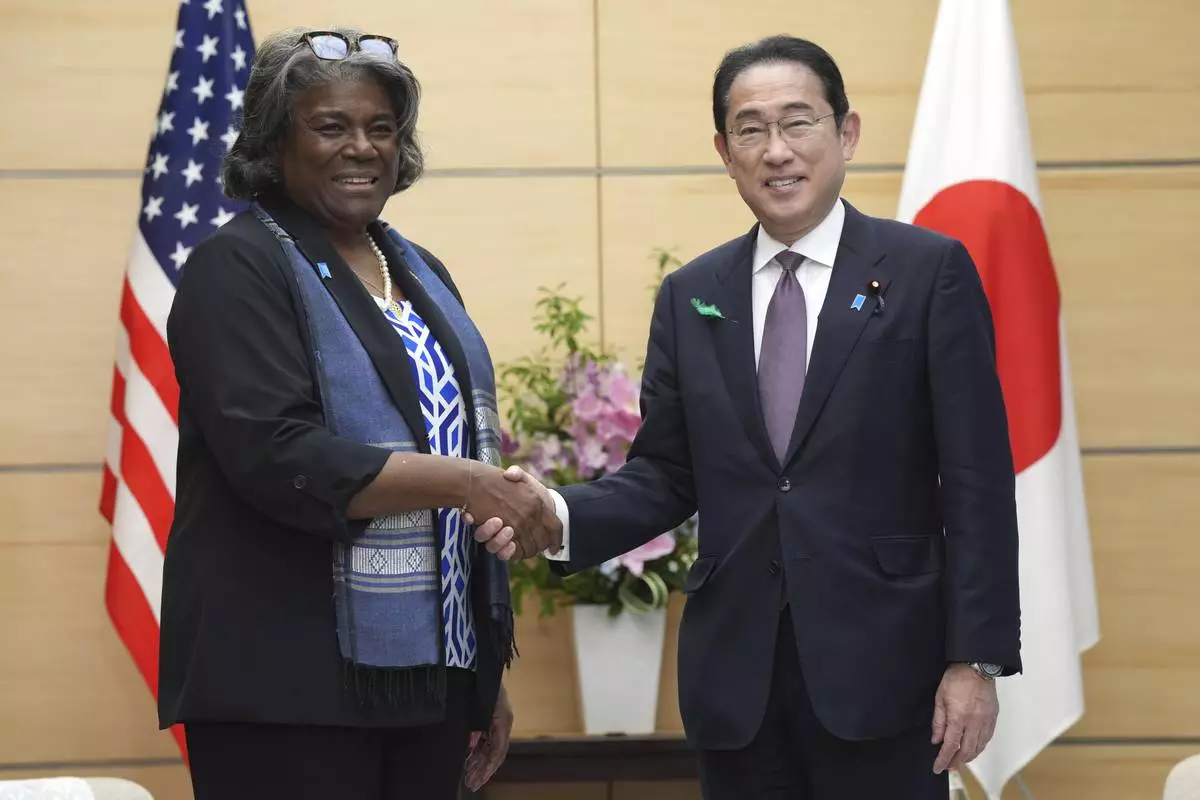
U.S. Ambassador to United Nations Linda Thomas-Greenfield, left, and Japan's Prime Minister Fumio Kishida, right, shake hands during a meeting Friday, April 19, 2024, at prime minister's office in Tokyo. (AP Photo/Eugene Hoshiko, Pool)

U.S. Ambassador to United Nations Linda Thomas-Greenfield, left, and Japan's Prime Minister Fumio Kishida, right, shake hands during a meeting Friday, April 19, 2024, at prime minister's office in Tokyo. (AP Photo/Eugene Hoshiko, Pool)
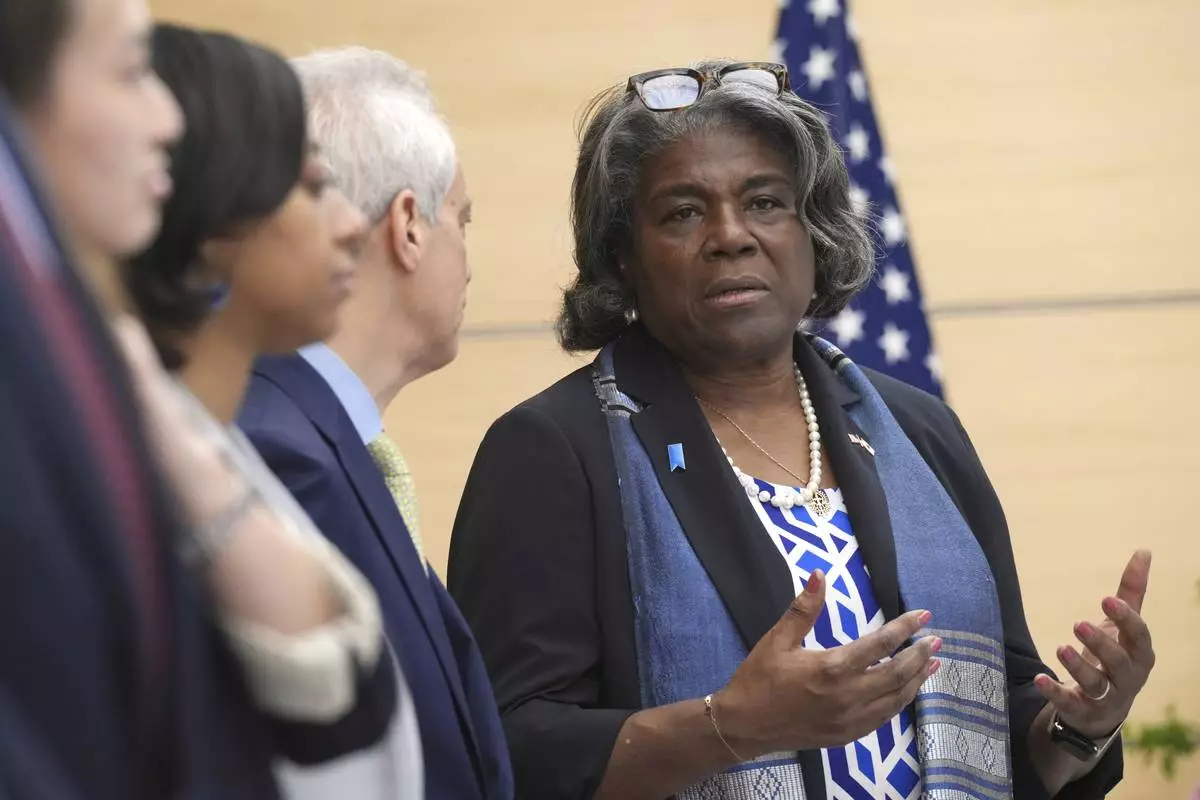
U.S. Ambassador to United Nations Linda Thomas-Greenfield, right, speaks to Rahm Emanuel, U.S. Ambassador to Japan, second right, as they wait for a meeting with Japan's Prime Minister Fumio Kishida Friday, April 19, 2024, at prime minister's office in Tokyo. (AP Photo/Eugene Hoshiko, Pool)
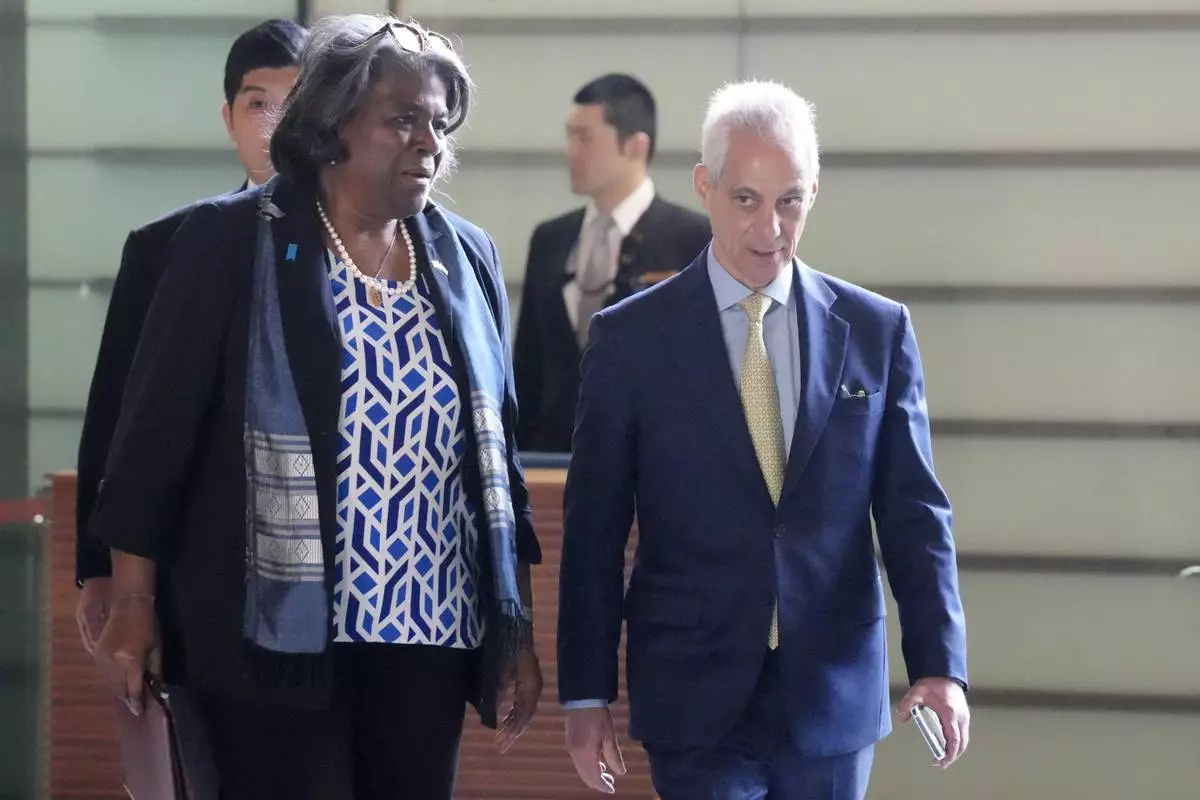
U.S. Ambassador to United Nations Linda Thomas-Greenfield, left, and Rahm Emanuel, U.S. Ambassador to Japan, right, walk to meet Japan's Prime Minister Fumio Kishida Friday, April 19, 2024, at prime minister's office in Tokyo. (AP Photo/Eugene Hoshiko, Pool)
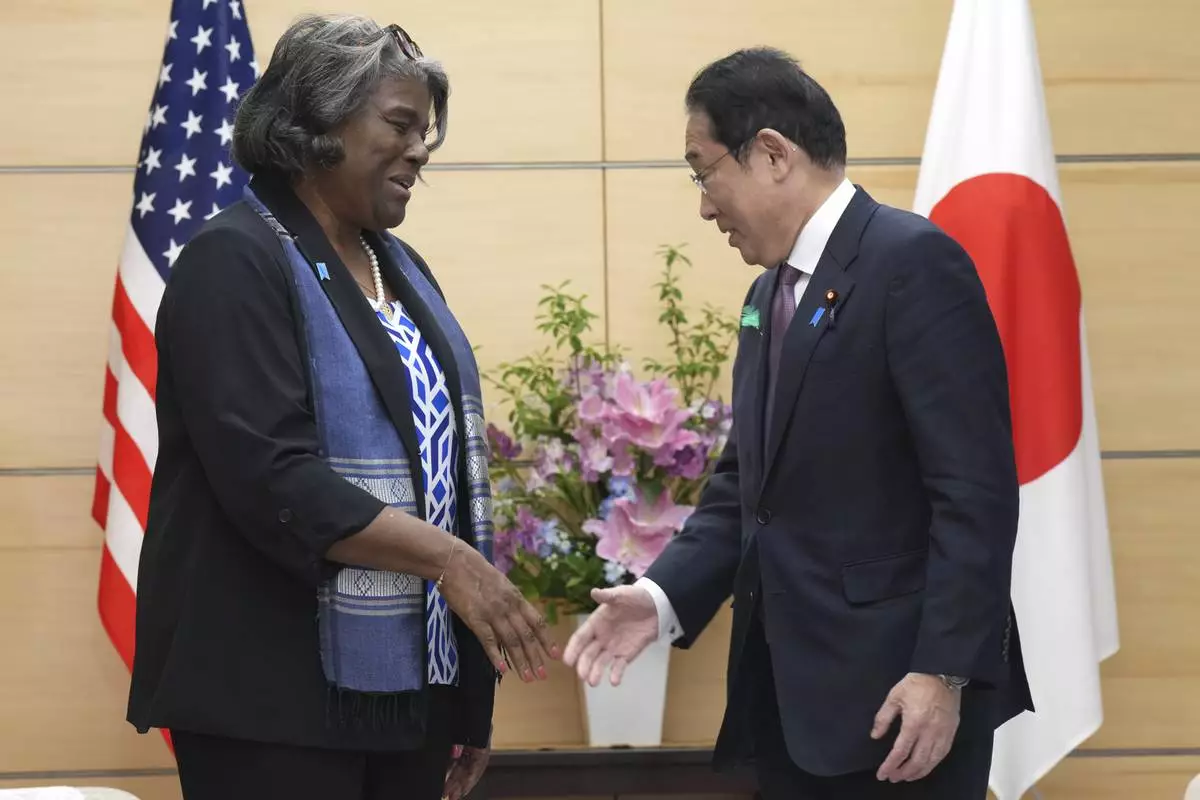
U.S. Ambassador to United Nations Linda Thomas-Greenfield, left, and Japan's Prime Minister Fumio Kishida, right, talk prior to a meeting Friday, April 19, 2024, at prime minister's office in Tokyo. (AP Photo/Eugene Hoshiko, Pool)
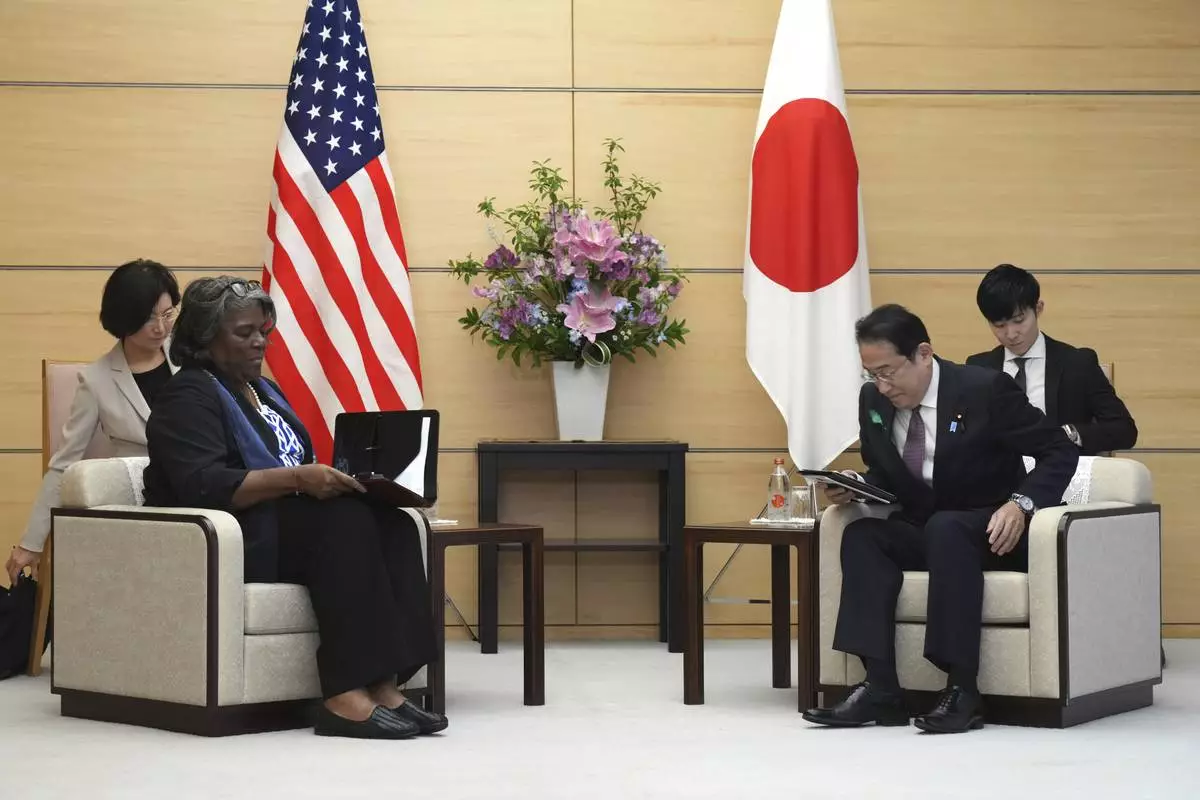
U.S. Ambassador to United Nations Linda Thomas-Greenfield, left, and Japan's Prime Minister Fumio Kishida, right, prepare to talk during a meeting Friday, April 19, 2024, at prime minister's office in Tokyo. (AP Photo/Eugene Hoshiko, Pool)










